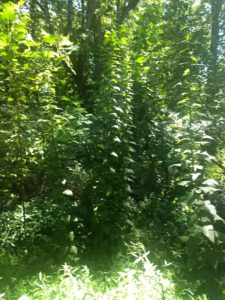
'Monster' by the Woods: Wild Lettuce
This week I would like to share questions that have been asked recently at the N.C. Cooperative Extension, Caldwell County …



El inglés es el idioma de control de esta página. En la medida en que haya algún conflicto entre la traducción al inglés y la traducción, el inglés prevalece.
Al hacer clic en el enlace de traducción se activa un servicio de traducción gratuito para convertir la página al español. Al igual que con cualquier traducción por Internet, la conversión no es sensible al contexto y puede que no traduzca el texto en su significado original. NC State Extension no garantiza la exactitud del texto traducido. Por favor, tenga en cuenta que algunas aplicaciones y/o servicios pueden no funcionar como se espera cuando se traducen.
Inglês é o idioma de controle desta página. Na medida que haja algum conflito entre o texto original em Inglês e a tradução, o Inglês prevalece.
Ao clicar no link de tradução, um serviço gratuito de tradução será ativado para converter a página para o Português. Como em qualquer tradução pela internet, a conversão não é sensivel ao contexto e pode não ocorrer a tradução para o significado orginal. O serviço de Extensão da Carolina do Norte (NC State Extension) não garante a exatidão do texto traduzido. Por favor, observe que algumas funções ou serviços podem não funcionar como esperado após a tradução.
English is the controlling language of this page. To the extent there is any conflict between the English text and the translation, English controls.
Clicking on the translation link activates a free translation service to convert the page to Spanish. As with any Internet translation, the conversion is not context-sensitive and may not translate the text to its original meaning. NC State Extension does not guarantee the accuracy of the translated text. Please note that some applications and/or services may not function as expected when translated.
Collapse ▲
This week I would like to share questions that have been asked recently at the N.C. Cooperative Extension, Caldwell County …
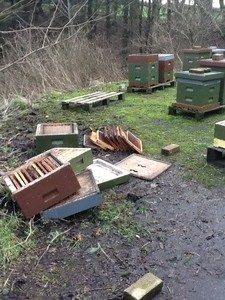
How beekeepers can minimize the effects on their hives The devil is in the details, most of which are under …

The Master Gardener℠ volunteers of Union County partnered with 4-H to host the Heritage Festival and 4-H Expo on September …

The American Community Gardening Association 40th Annual Conference Indianapolis, IN Sep 12-15 …

Congratulations to the entire team of authors, photographers and editors who worked together to create the NC Extension Gardener …
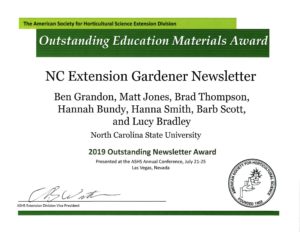
Congratulations to the Extension Gardener Editors Ben Grandon, Matt Jones, Brad Thompson, Hannah Bundy, Hanna Smith, Barbara Scott and …
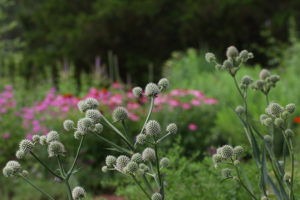
Photos by Debbie Roos, N.C. Cooperative Extension of Chatham County In late 2008, I planted a demonstration pollinator garden at Chatham …
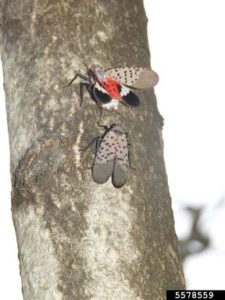
The spotted lanternfly (Lycorma delicatula (White)) is a new invasive insect that was first identified in Berks County in …
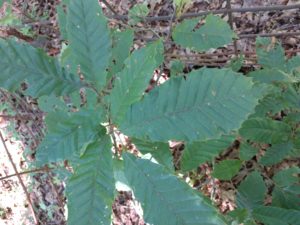
This week I want to share three questions we received at the Caldwell Extension Center. I hope you find …
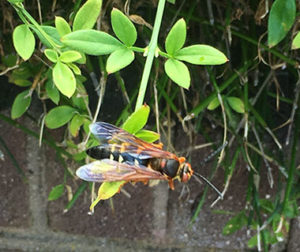
Cicada killer wasps are starting to emerge. This picture was taken on Friday in a landscaped area outside the …

This new North Carolina Urban Forest Council publication by NC State University’s Dr. Barb Fair is a wonderful resource …
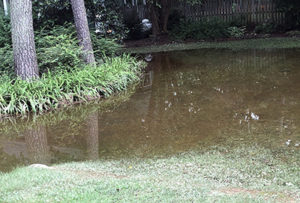
Close to a year ago (June 13, 2018), I wrote “Raining in Mosquitoes” after we had torrential rains in …

Coastal, Piedmont, and Mountain Editions Below are some of the featured topics. Summer-flowering trees and shrubs, Dwarf crested iris, Tomatillos, Straw …
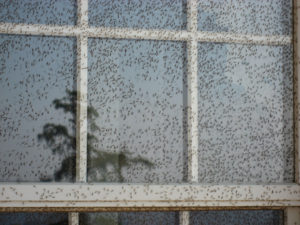
Chironomid midges (“fuzzy bills”) are emerging in large numbers from ponds, lakes as well as the rivers feeding into …
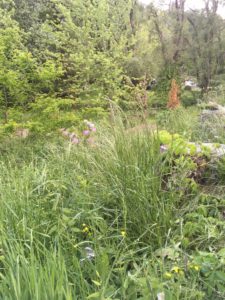
Many of us who are fortunate to have a home garden also have a furry companion or two that …

4.5 (L N D X) NCDA&CS pesticide credits were earned by participants at the Sandhills Research Station (SRS) Turfgrass …

Handbook Plant Database Online Plant Identification Classes Trees, Shrubs, and Conifers Edibles, Bulbs, and Houseplants Annuals, Perennials, and …

Cottony Maple Leaf Scale is one of several cottony scales in the genus Pulvinaria. Cottony camellia scale and cottony maple scale are …

In North Carolina, the most important cool season mites are the spruce spider mite (Oligonychus ununguis) and southern red …
This publication for homeowners and landscapers describes how to mow, fertilize, irrigate, and control weeds …

This factsheet summarizes the characteristics of bees and addresses how to control them as an …
This factsheet provides information on how to keep a lawn healthy and attractive and how …

This factsheet describes the symptoms of a shoot inhibitor herbicide injury.

This factsheet describes the symptoms of a metribuzin herbicide injury.

This factsheet describes the symptoms of a dichlobenil herbicide injury.

This factsheet describes the symptoms of a protoporphyrinogen oxidase inhibitor herbicide injury.
The per-capita consumption of processed tomatoes has increased steadily in recent years. This has been …